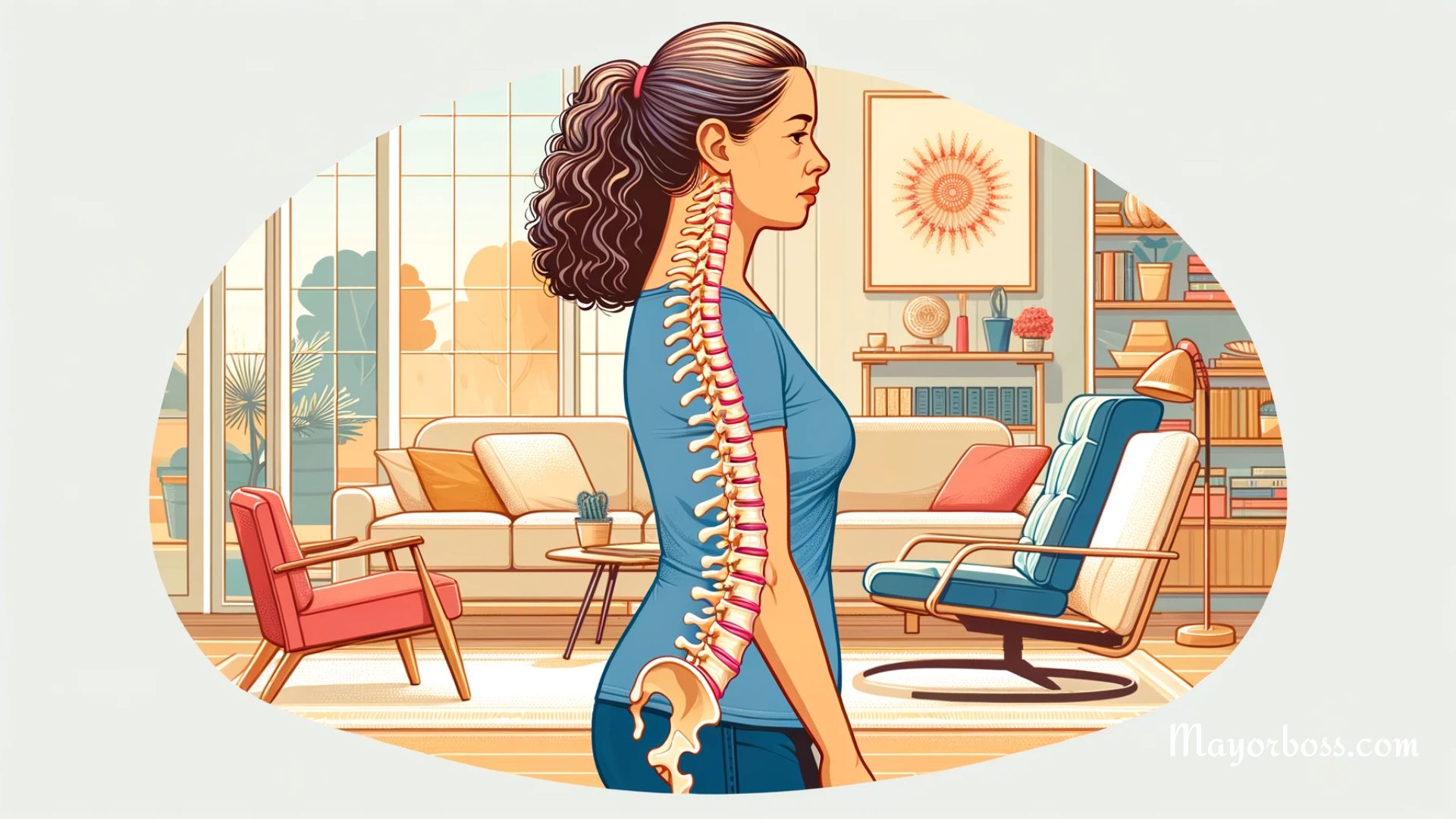What Is Lordosis?
Have you ever noticed how some people have a pronounced curve in their lower back? This curvature is known as lordosis, and it’s quite an intriguing aspect of human anatomy. You might be more familiar with the term “swayback,” which is often used to describe an exaggerated form of lordosis. Keep reading for more on lordosis, its causes, and its potential impact on health.

What Exactly is Lordosis?
Lordosis is defined as the inward curvature of the spine, particularly noticeable in the lower back. It’s a natural feature of your spine that helps balance and distribute weight effectively. However, in some cases, this curve can be excessive, leading to what is known as ‘hyperlordosis.’
In layman’s terms, your spine naturally curves at the neck, upper back, and lower back to help your body absorb shock and support the weight of your head. When these curves are pronounced, they’re often labeled as lordosis.
Hyperlordosis: When the Curve Becomes a Concern
Hyperlordosis is where the spine in the lower back has an excessive inward curve. This condition can affect anyone, but certain factors might increase your risk. For instance, a sedentary lifestyle, obesity, and poor posture are common contributors. Hyperlordosis can also be associated with underlying health issues like osteoporosis or spondylolisthesis.
What Causes Lordosis?
The causes of lordosis are as varied as the individuals it affects. Here are some common factors:
- Muscle Imbalance: Weak abdominal muscles and tight lower back muscles can contribute to an exaggerated lordotic curve.
- Obesity: Carrying extra weight, especially around the abdomen, can pull the spine forward, exacerbating the lordotic curve.
- Poor Posture: Prolonged periods of poor posture, especially while sitting, can lead to or worsen lordosis.
- Developmental Conditions: Some conditions present from birth, such as achondroplasia, can cause lordosis.
- Disease-Related Causes: Conditions like osteoporosis, spondylolisthesis, or discitis can alter the spine’s structure, leading to lordosis.
Symptoms of Lordosis
The most obvious sign of lordosis is an exaggerated inward curve of the lower back. However, other symptoms can include back pain, discomfort, and limited movement. In severe cases, nerve compression can lead to numbness or tingling in the legs.
Managing and Treating Lordosis
The approach to managing lordosis depends on its severity and underlying cause. Here are some common strategies:
- Physical Therapy: Exercises to strengthen the abdominal muscles and stretch the back can help correct muscle imbalances.
- Weight Management: Losing weight can reduce the strain on the lower back, alleviating lordosis.
- Posture Improvement: Being mindful of posture, especially when sitting for long periods, can help manage lordosis.
- Medical Intervention: In severe cases, medical intervention, such as surgery, might be necessary, especially if the lordosis is causing significant pain or nerve issues.
Final Thoughts
While lordosis is a natural aspect of your spine’s structure, it’s important to be aware of its potential to become problematic. Regular exercise, maintaining a healthy weight, and being conscious of your posture can go a long way in preventing or managing lordosis. However, if you’re experiencing back pain or suspect your lordosis is more pronounced than it should be, consulting a healthcare professional is a significant step. They can provide guidance tailored to your specific situation and help you maintain a healthy spine.
